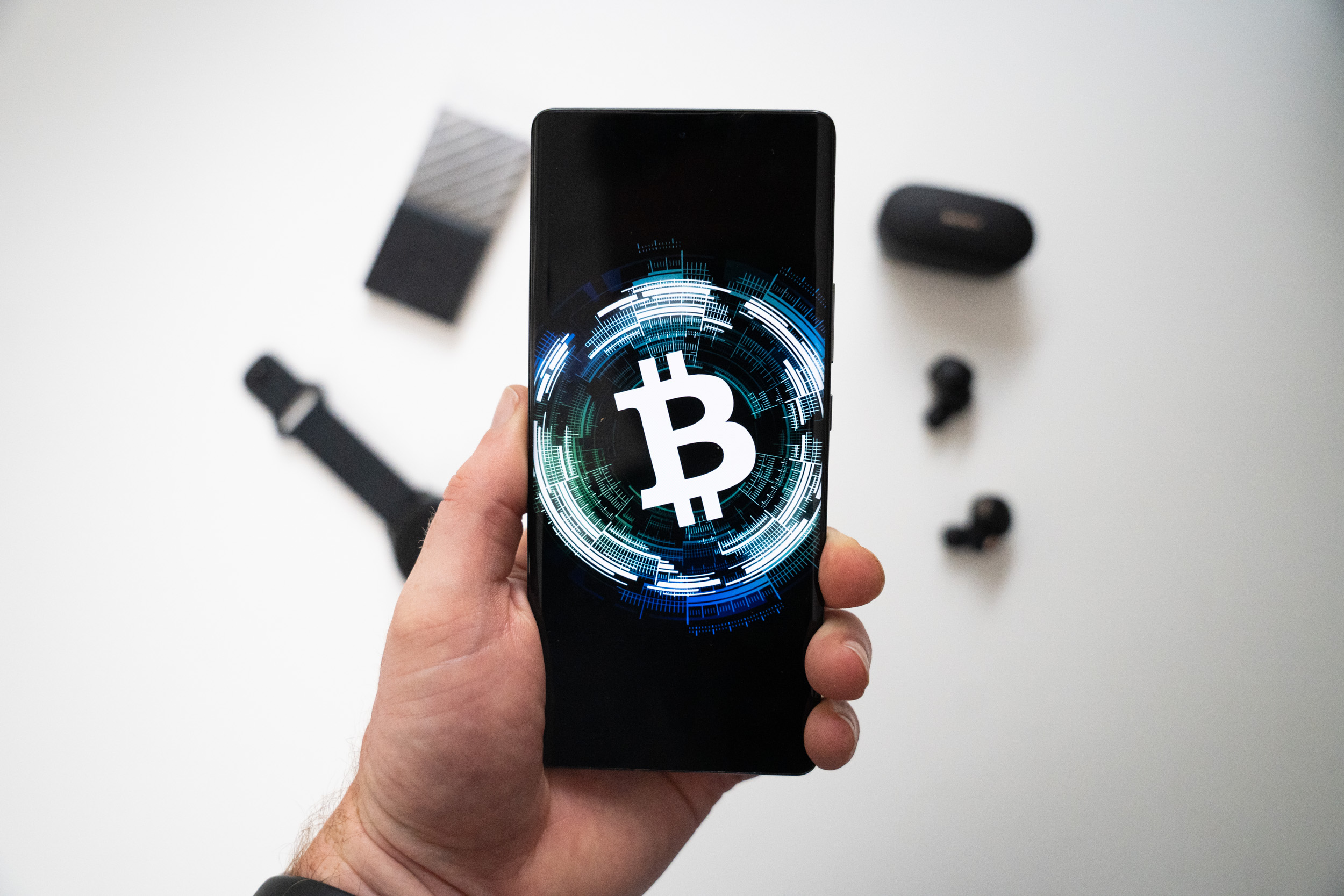Bitcoin’s design ingenuity has made it the most prominent cryptocurrency. It combines economic incentives with an innovative consensus protocol, advanced cryptography, and hard-coded monetary policy. These attributes have made Bitcoin popular as a digital asset and currency. People have also flocked to platforms like BitIQ before and after the halving events.
Among the vital aspects driving its long-term price improvement is the halving event. Bitcoin halving creates disinflationary pressure on the currency. This blog post explains what Bitcoin halving means to miners and investors. But first, let’s understand Bitcoin halving.
What is Bitcoin Halving?
Bitcoin halving is the event where the reward for the miners reduces by half or 50%. Remember, the Bitcoin network rewards the miner that confirms a transaction. During the halving event, the prize reduces by half, lowering the number of units that enter the crypto market.
This event happens after miners generate 210,000 blocks. This process will occur until 2140 when miners will produce the final block. It will be the 32nd halving event. When this happens, Bitcoin will have reached its maximum supply according to its network protocol. After this, the network will reward miners from the fees that users pay miners to keep confirming transactions.
Why Bitcoin Halving Matters for Investors
Bitcoin investors should understand the halving event since it causes significant turbulence in the crypto industry. Historically, trading volumes have consistently surged one month before and after the halving event.
As Bitcoin halving occurs, the coin’s supply reduces. And this increases the value of new Bitcoins. And this fluctuation increases the chances of making a profit when trading Bitcoin. Nevertheless, other factors can influence Bitcoin’s boom before and after halving.
For instance, increasing Bitcoin coverage by the media can prompt more people to invest in it. Also, Bitcoin is a fascination due to its pseudonymity and growing popularity. Nevertheless, Bitcoin’s halving affects the crypto ecosystem significantly, and investors should know it.
Why Bitcoin Halving Matters for Miners
Bitcoin halving reduces the prize the miners receive for each successful transaction validation. Since the incentive to mine will decrease, the number of new Bitcoins entering the market will decline. With a drop in supply, demand fluctuates, causing a price change.
The high cost of the electricity miners use to generate new coins also affects the profitability of their activity. When the halving event reduces their reward by half, some will find staying competitive challenging. Hence, they may no longer remain in business.
If many miners leave the mining sector simultaneously, the network might face a bottleneck since users could migrate to more efficient chains. And this would enable fraudulent users to take over large chunks of the Bitcoin network quickly.
However, some miners may invest in the latest crypto-mining equipment to be more efficient. Therefore, a demand for innovative technologies for generating a higher hash per second might emerge. Also, miners might require mining equipment that consumes low energy to lower their overheads.
So, Is Bitcoin Halving Good or Bad?
Bitcoin halving is among the core economics that attracts investors to this cryptocurrency. Unlike fiat money, which eventually becomes inflationary because of the ever-increasing supply, this cryptocurrency has a protocol that caps its collection, and halving events reduces the inflation rate. Therefore, Bitcoin halving is an excellent economic model that creates disinflationary pressure. Halving helps increase Bitcoin’s value over time as its demand grows.
Nevertheless, many people have criticized Bitcoin for its halving design and supply limit, encouraging users to hold their coins without spending, hoping its price will increase significantly. For this reason, many have argued that Bitcoin has become an investment, yet Satoshi Nakamoto wanted it to be a transactional currency. Some people feel that halving has turned Bitcoin into a speculative asset.












Comments